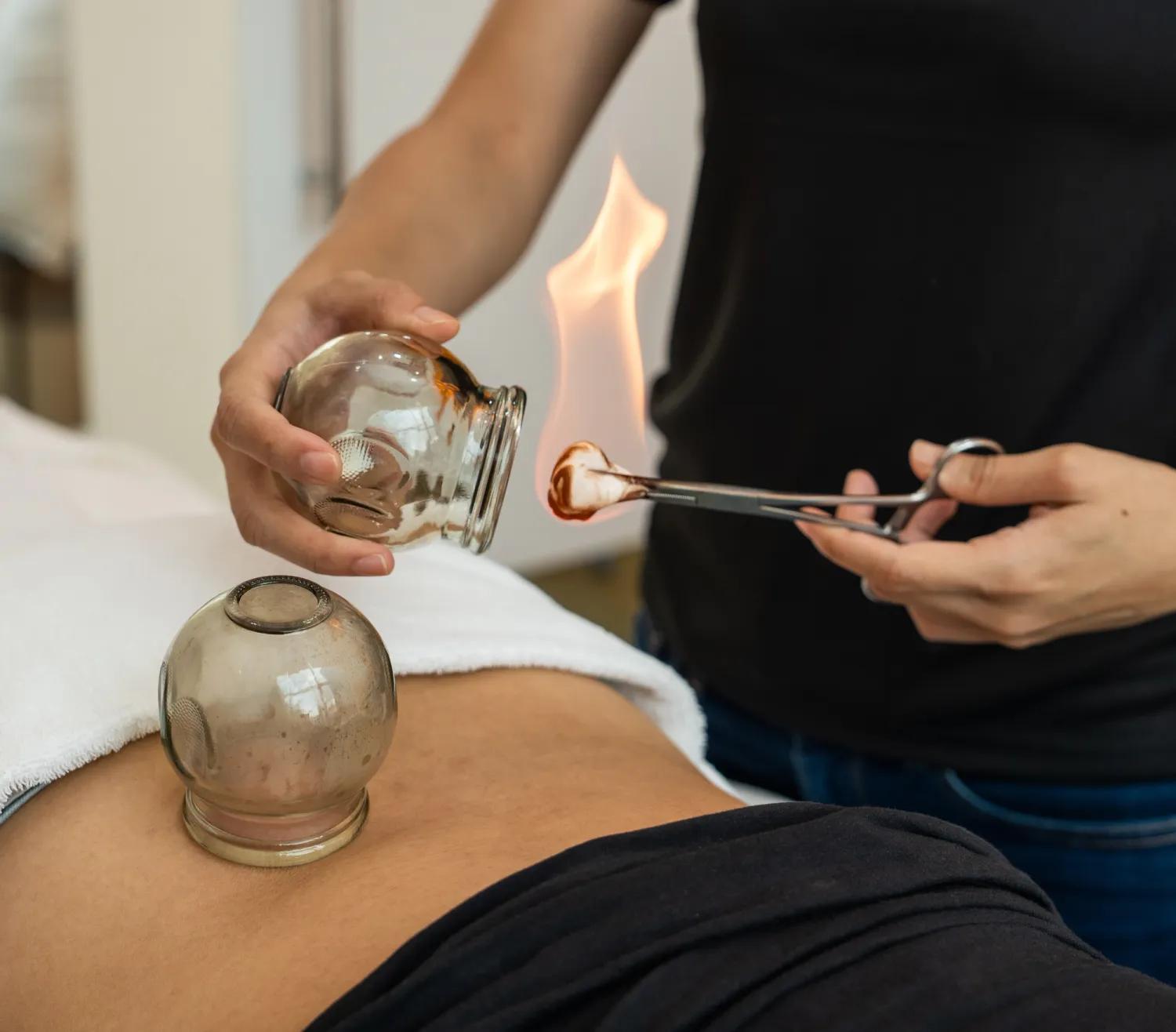A Holistic Approach to Health and Wellness Without Western Drugs or Invasive Surgeries
Tired of spending time and money on a doctor without tangible results? Want to improve your overall physical and mental health and well-being?
If so, Traditional Chinese Medicine (TCM) at Phoenix Rehab TCM may be just what you need.
A complete medical system focusing on health and wellness, Traditional Chinese Medicine has been used for thousands of years to diagnose, treat, and prevent illnesses.
More and more individuals are embracing TCM as a complementary and alternative medicine to conventional Western medicine to treat and prevent a wide range of acute and chronic illnesses.
Experience the healing power of Phoenix Rehab TCM today!
Treatment Tailored to Your Needs

Our TCM practitioners at Phoenix Rehab are trained and experienced in diagnosing and addressing a range of medical conditions.
Internal Medicine
Gynaecology
Paediatrics
Dermatology
...and more.
Contact us now for a personalised approach to meet your health goals.
The Phoenix Process: Feel Reborn with Our Proven Methodology
Step 1: Initial Consultation
At Phoenix Rehab, we firmly believe in creating a low-stress, patient-centric environment.
We will work with you to address your symptoms and concerns, ensuring that you understand your condition before proceeding with treatment so you can make an informed decision.
Our consultations aim to create an atmosphere of trust and open communication so that you can feel secure with your TCM practitioner.
Step 2: In-depth Review
Next, your TCM practitioner will begin an in-depth review of your medical history to understand your symptoms, lifestyle and health goals.
Beyond answering our questions, you may be required to bring medical reports, MRI results or referral forms.
This is an important step in traditional medicine because not all treatments are appropriate for everyone, and many treatments interact with each other.
Step 3: Assessment
Based on your review, clinical tests and physical assessments will be conducted where appropriate to assess the severity of your health issues.
This will allow us to rule out possible underlying causes, injuries or safety concerns and obtain an accurate diagnosis.
After all, we want to provide our patients with safe and effective treatments that address health problems without causing adverse side effects.
Step 4: Treatment
Based on the findings, a customised plan of action will be discussed with you to help you reach your treatment goals. Most patients are able to receive treatment within the same session.
Our TCM practitioners will carry out ongoing observation each time you return for your follow-up sessions.
This allows us to determine your progress and adjust the intensity of our treatment to support you along your health journey.

Our Traditional Chinese Medicine (TCM) Treatments
Treatment Programs
Our TCM treatment programs aim to support your unique needs and lifestyle to achieve your health goals.
- Adult Health Program
- Women's Health Program
- Orthopaedics Program
- Sports Program
- Weight Management Program
Treatment Methods
Where Western medicine focuses on treating symptoms, TCM physicians work to balance Yin and Yang within the human body, promoting natural healing from the cellular and natural meridian energy level using traditional Chinese medicine, an ancient and powerful oriental medicine.
- Traditional Chinese Herbal Medicine (Chinese Herbs)
- Acupuncture
- Cupping
- Moxibustion
- Auricular Therapy
- Gua Sha (Scraping)

Prioritise Your Health and Wellness with Phoenix Rehab Traditional Chinese Medicine
If you're suffering from chronic pain or looking for a safe and effective way to improve your quality of life, traditional Chinese medicine (TCM) may be the answer for you.
With its holistic approach to restoring balance to the body, mind, and spirit, this ancient healing system can provide the ultimate relief you need to live a life of pain-free.
Try TCM today and experience the life-changing results for yourself!
Learn More About Traditional Chinese Medicine (TCM)
We are a bone, muscle, joint, tendon and ligament physiotherapy and hand therapy clinic in Singapore, operating in Novena and Tampines. We offer a unique integrated and multi-specialty approach to pain and injury rehabilitation with expert physiotherapy, hand therapy, TCM, massage, alternative therapies and rehabilitation technologies.
 Whatsapp us now
Whatsapp us now